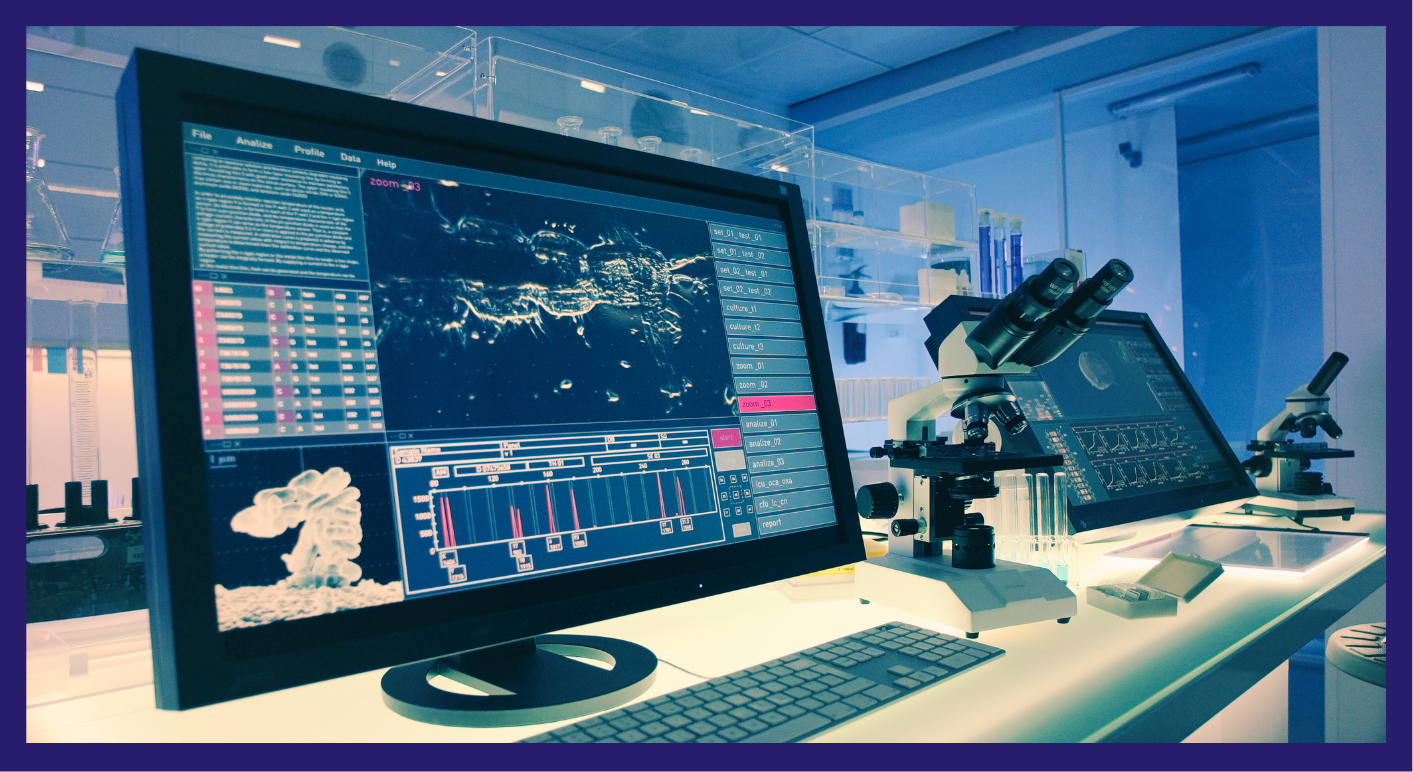Assay Guide
Detailed instructions and tips for various assays, including proliferation, invasion, and cell counting.
1. Proliferation Assay (Confluency)
Overview
The Proliferation Assay helps you measure the growth rate of your cell cultures over time and in response to various compounds using cell confluency (% of cells area in your plate).
Steps to Conduct a Proliferation Assay
- Step 1: Prepare your cell cultures and treat your cells.
- Step 2: Set up your imaging equipment.
- Step 3: In the SnapCyte™ App, select Proliferation Assay and define your experiment parameters including treatment groups and replicate wells.
- Step 4: Capture images of your cells at regular timepoints, ensuring consistent magnification, lighting and focus.
- Step 5: Review the results and export your data, including growth curves and statistical analysis.
![]()
Ensure that images are captured at the same magnification and focus level for consistency. Below is a tutorial on how to do this assay using your phone and a manual microscope.
2. Cell count
The Cell Count Assay in SnapCyte™ enables precise counting of cells in both adherent and suspension single cell solutions.
Adherent Cell Count:
This assay allows you to estimate total cell count directly from plate images without dissociating the cells. This assay supports various image types, magnifications and cell types
Steps to Conduct an Adherent Cell Count
- Step 1: Prepare your cell cultures according to your protocols.
- Step 2: Set up your imaging equipment.
- Step 3: In the SnapCyte™ App, select Cell Count > Adherent Count and define your experiment parameters including treatment groups and replicate wells.
- Step 4: Capture 1–10 representative images of fields of view per well ensuring consistent magnification, lighting and focus.You can also images your cells at regular timepoints to evaluate cell count over time.
- Step 5: Review the results (count per image) and export your data, including growth curves and statistical analysis. You can calculate the total number of image in your plate according to the protocol below.
Suspension Cell Count:
This assay allows you to estimate total cell count from single cell solutions on a hemocytomer (or other slides) plus evaluation of their viability using stains like Trypan Blue (TB). SnapCyte™ provides quick, reliable results, accommodating various hemocytometer depths, and ensuring consistency across experiments.
Steps to Conduct a Cell Count & Viability Assay
- Step 1: Sample Preparation
- Prepare your cell suspension and mix it with the viability stain. For accurate results, use a 1:1 dilution factor with your chosen dye.
- Ensure your sample is a single-cell solution to avoid inaccuracies.
- Step 2: Capture Images
- Use a hemocytometer with a 0.1 mm chamber depth for automated concentration calculations. Supported hemocytometer types include Neubauer, Improved Neubauer, Bürker, and Bürker-Türk.
- Capture images of the chambers at 10X magnification. Ensure that the images are clear, well-lit, and focused.
- Step 3: Analyze
- Select the Cell Count & Viability Assay option and your images.
- If using a hemocytometer, indicate this to trigger automated concentration calculations.
- SnapCyte™ will analyze the images, identifying live and dead cells based on the staining. The software provides a detailed count, viability percentage, and concentration of your sample.

Ensure even distribution of cells within the hemocytometer chamber for better results. Take multiple images across different fields of view for a more representative analysis.

Suspension Cell Count:
This assay allows you to estimate total cell count from single cell solutions on a hemocytomer (or other slides) plus evaluation of their viability using stains like Trypan Blue (TB). SnapCyte™ provides quick, reliable results, accommodating various hemocytometer depths, and ensuring consistency across experiments.
Steps to Conduct a Cell Count & Viability Assay
- Step 1: Sample Preparation
- Prepare your cell suspension and mix it with the viability stain. For accurate results, use a 1:1 dilution factor with your chosen dye.
- Ensure your sample is a single-cell solution to avoid inaccuracies.
- Step 2: Capture Images
- Use a hemocytometer with a 0.1 mm chamber depth for automated concentration calculations. Supported hemocytometer types include Neubauer, Improved Neubauer, Bürker, and Bürker-Türk.
- Capture images of the chambers at 10X magnification. Ensure that the images are clear, well-lit, and focused.
- Step 3: Analyze
- Select the Cell Count & Viability Assay option and your images.
- If using a hemocytometer, check this option to trigger automated concentration calculations.
- SnapCyte™ will analyze the images, identifying live and dead cells based on the staining. The software provides a detailed count, viability percentage, and concentration of your sample.
![]()
Ensure even distribution of cells within the hemocytometer chamber for better results. Take multiple images across different fields of view for a more representative analysis. Below is a short of video showing how to perform suspension cell count using your phone and a manual microscope.
3. Invasion / Migration Assay
The Invasion / Migration Assay in SnapCyte™ assesses the invasive potential of cells through a matrix. By automating the counting and analysis process, SnapCyte™ ensures accurate and reproducible results, reducing the subjectivity often associated with manual counting methods.
Steps to Conduct an Invasion Assay
- Step 1: Staining and Preparation
- After your invasion assay has been completed, proceed with the staining step to stain migratory cells.
- Clean the non migratory cells from the upper chamber and make sure the migratory cells are clearly visible.
- Step 2: Capture Images
- In the SnapCyte™ App, select Invasion Assay and enter your experimental details.
- Capture minimum of three images per well at 10X magnification . This is important to cover the entire surface area of the transwell insert.
- Maintain consistent lighting and focus across all images to ensure accuracy in analysis.
- Step 3: Analyze
- SnapCyte™ will analyze the % area of migratory and stained cells, providing metrics such as area% and comparison across different samples.
 Ensure the staining is consistent across wells to avoid variability in the results. Below is a short of video showing how to perform invasion assay using your phone and a manual microscope.
Ensure the staining is consistent across wells to avoid variability in the results. Below is a short of video showing how to perform invasion assay using your phone and a manual microscope.







